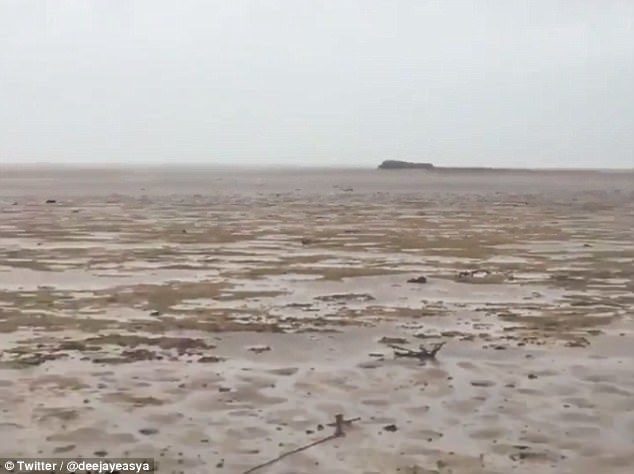
© Twitter@deejayeasyaBefore: Hurricane Irma temporarily changed the shape of the ocean after hitting the Bahamas on Friday
Extraordinary footage from the Bahamas show the shoreline receded much farther than normal, exposing what is usually the ocean floor.
Twitter user
@Kaydi_K from Long Island, Bahamas wrote on Friday: 'I am in disbelief right now... This is Long Island, Bahamas and the ocean water is missing!!! That's as far as they see #HurricaneIrma.'
The strange video shows her walking on the exposed ocean floor which is dry and covered in large shells. Another Twitter user tweeted a photo of the exposed beach at a different beach in the Bahamas and showed it was back to normal within less than a day.
Hurricane Irma, which hit the Bahamas on Friday, is so powerful that it has altered the shape of the ocean in Long Island, but it will likely be back to normal by Sunday afternoon.
Pressure in a hurricane's center is low and Irma is so strong that it is pulling water into its core, sucking it away from the ocean, according to the
Washington Post.
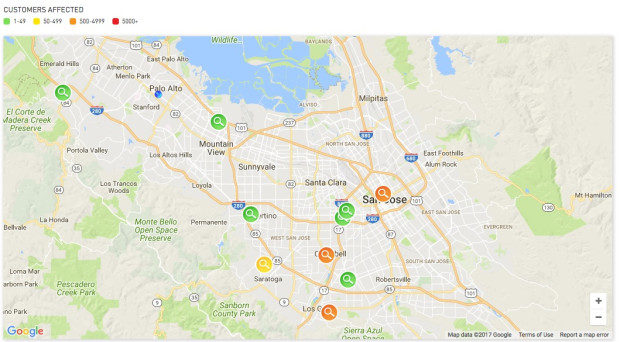
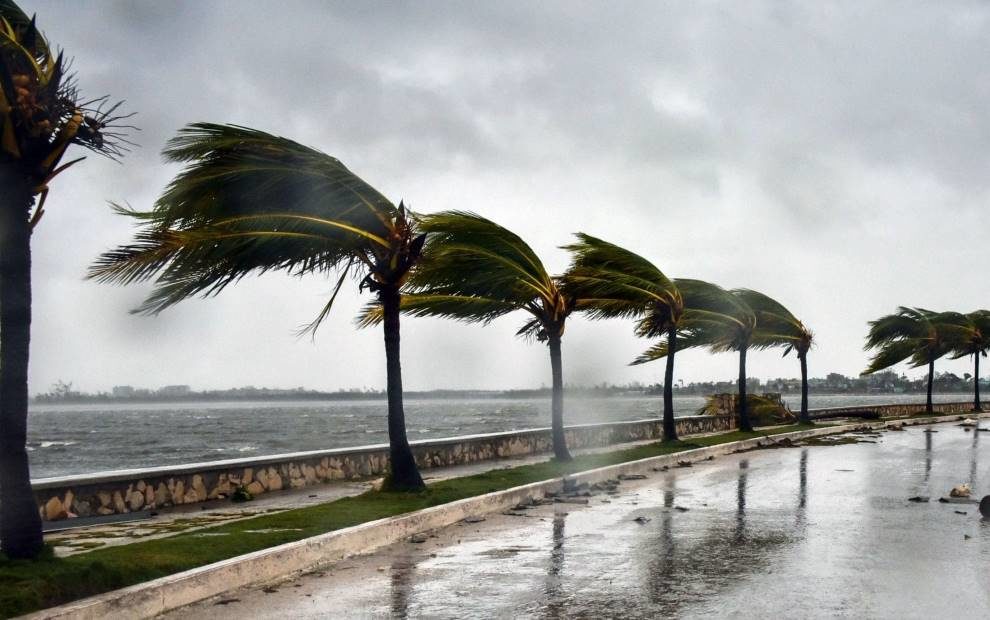
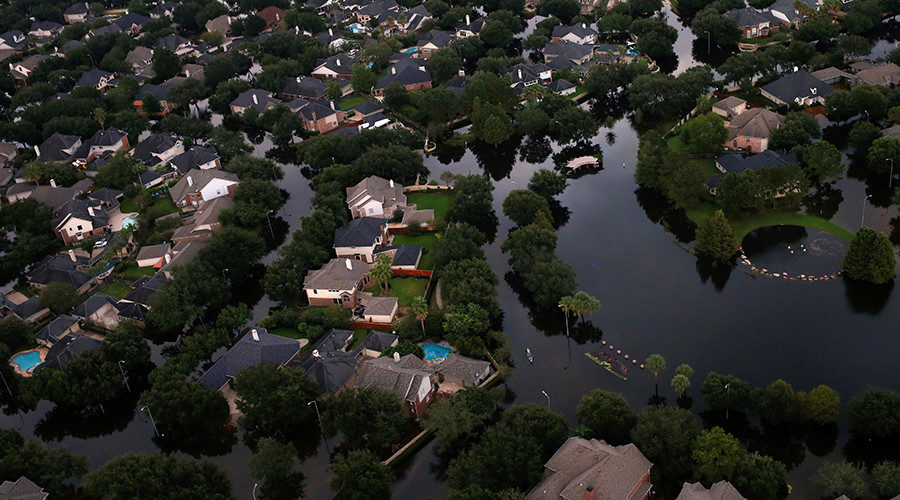
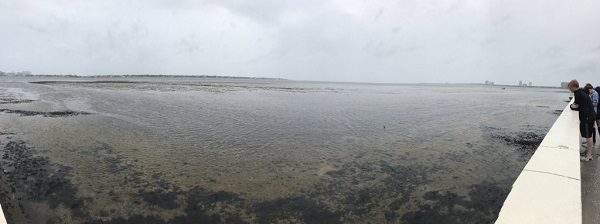
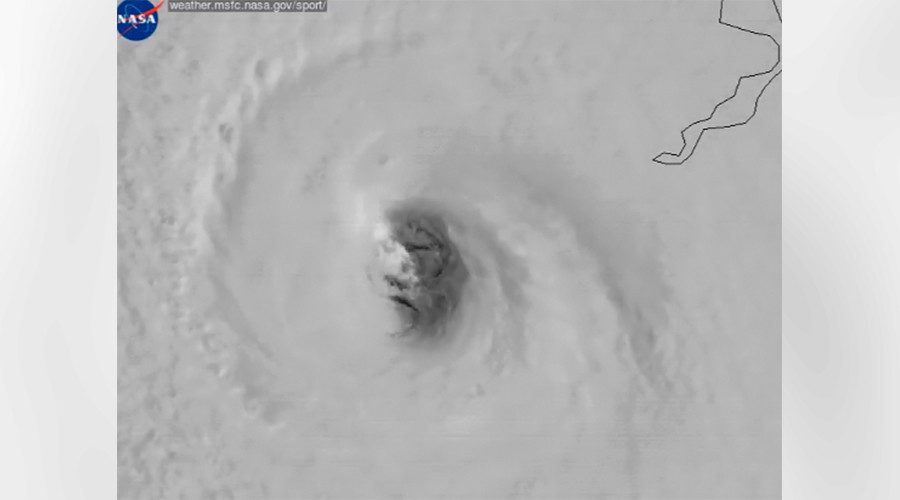







Comment: See also: Hurricane Irma: Florida declares State of Emergency as storm upgraded to Category 5 - UPDATES